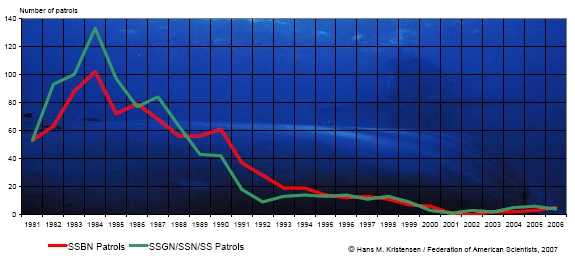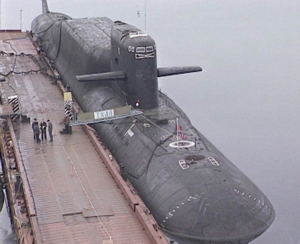
Two days ago the press reported that Obama was considering Robert Kennedy Jr. as Environmental Protection Agency director. This despite Robert Kennedy Jr. backing Hillary Clinton for President, while Ted Kennedy backed Obama.
Today we read that Obama is considering
John W. Rowe, Chairman and Chief Executive Officer, Exelon Corporation, as Energy secretary! What's wrong with this picture?
Once everyone gets over the elation of our first black president in the White House, not having Sarah Palin to worry about, we need to start looking more carefully at how Obama got elected.
John W. Rowe is also chairman of the Nuclear Energy Institute, the nuclear power industry’s lobbying group, based in Washington. In addition, Mr. Obama’s chief political strategist, David Axelrod, has worked as a consultant to Exelon.
The Obama campaign, as of late May 2007, had accepted $161,000 from executives and employees of Exelon, the nation’s largest nuclear power plant operator. Exelon at the time, was Obama’s fourth largest patron.
I'd like to be in the room when Robert Kennedy Jr. and John W. Rowe have to reach a compromise. Let's hope that compromise is
Indian Point!
I remember Congressman John Hall's swearing in ceremony two years ago inside the meeting hall where Entergy plays host to the community. Many of the speakers congratulating his victory introduced him as the man who would shut down Indian Point, yet when John took the stage, he didn't make any mention of it.
A couple of months later, at Pace University, Hall talked about a meeting he had with a representative of the NRC at his office in Washington DC. He expressed concern that unless the NRC denied the relicensing application of at least one nuclear power plant, the NRC would lose all credibility in the eyes of the public. The NRC official asked him, which one should that be, and John answered
Indian Point, which got a rise from the crowd.
Since then what has any of the local public officials really done to further along the opposition to the relicensing? When it came time to give thanks and support to the grassroots organizations that contributed to the filing of hundreds of contentions opposing the new license, at a press conference in White Plains, all the credit went to Riverkeeper, when everyone knew, the owner of this blog, Green Nuclear Butterfly, was in fact the individual most responsible for the research and writing of all documents filed.
Those involved in the fight to shut down Indian Point, know the story, inside and out. The grassroots efforts to stop the relicensing of Indian Point were derailed by the stupidity and greed of a certain lawyer in Rockland County, with the assistance of a few co-conspirators, who feared full blown revolution on the shores of the Hudson, not realizing this was probably our only hope to create a strong winning coalition!
Riverkeeper did succeed in forcing Entergy to install a new cooling system to the tune of $1.7 billion dollars, to make Indian Point safer, which Entergy is now fighting on appeal. It will not stop the plant from getting a new license or operating for another 20 to 40 years.
Recently Entergy announced, boasting with renewed confidence that nothing the public could do would derail their new license, that they were going to start dumping 500.000 gallons of contaminated waste water into the Hudson river. By now anti-nuclear organizers along the Hudson are so beaten, they'd let Entergy get away with anything.
Which is why we need a national anti-nuclear movement to take over the fight to shut down Indian Point. Local organizers have failed. It's been a constant stream of divide and conquer, petty quarrels, missappropriation of money, resources, and research materials, undermining from within.
I'm told there are only two ways to shut down a nuclear power plant. The NRC has to want to, or a sitting U.S. president has to write a decree. Obama could shut down
Indian Point!
Will Robert Kennedy Jr. who has been deafeningly silent concerning Indian Point in the last two years, side with the nuclear is
clean and green and the solution to global warming gang, or remember his past allegiance to the anti-nuclear movement, especially now that so much data is reaching the maintream about the links between radiation and breast cancer?
Obama is sending mixed messages. You can't support Van Jones's Green Collar Jobs initiative, while at the same time, support the relicensing of old, dangerous nuclear power plants. The two are mutually self-exclusive. Obama's presidency may not resolve the ideological riff between the anti-nuke and pro-nuke camps, but at least, it would seem, a genuine dialog may become possible.
Once again, the GE EdgeLab at UConn in Stamford, Connecticut, has extended a standing offer to provide their think tank facility for a meeting of the minds between the two camps, pro-nuclear engineers, and anti-nuclear scientists. If President Obama, long time Riverkeeper member Robert Kennedy Jr. and John Rowe are ready to put all the data on the table, General Electric has offered the conference center for that closed session.
Aging nuclear power plants are a great risk to our endocrine system. They will all need to be shut down within the next 20 years, over 400 of them worldwide. There is no active strategy in place to handle such a Gargantuan task. We're robbing Peter to pay Paul, threatening the future of the human race. We should not be building new reactors until we have solutions to the old ones. This will require international collaboration.
Let me remind everyone of what John Hall said to the NRC official, shutting down Indian Point would be a great way to start a positive dialog between all parties involved, and once again, the CT Technology Council is offering all Union members currently working at Indian Point new jobs in the green economy. Let's replace nuclear radiation with solar radiation. Future generations will thank us for it.
~
RemyC
Director, Rock The Reactors 








 I've been thinking about it a lot lately... it was posted a few days ago, written by Lucinda Marshall:
I've been thinking about it a lot lately... it was posted a few days ago, written by Lucinda Marshall: